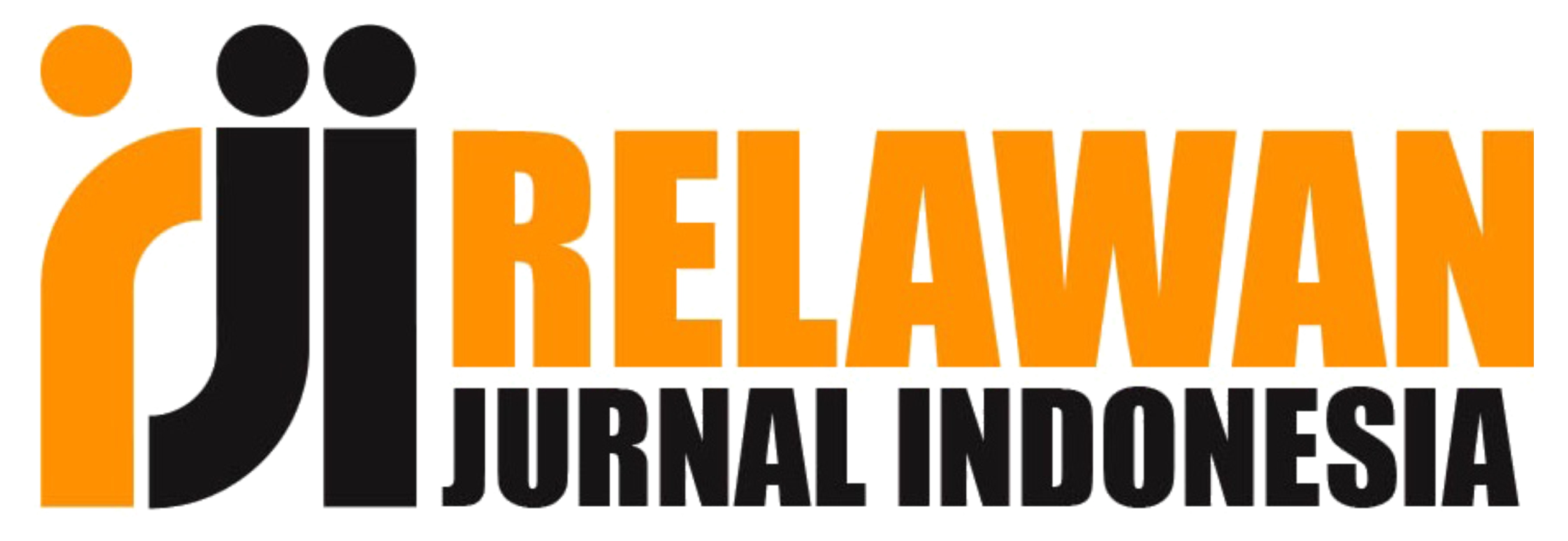PEMANFAATAN TEKNOLOGI AUTOMATIC SPEECH RECOGNITION DALAM MENCIPTAKAN PEMBELAJARAN INKLUSIF: IMPLEMENTASI, EFEKTIFITAS DAN TANTANGAN
Abstract
Inclusive education is an educational system that provides learning opportunities for all individuals, regardless of physical or mental abilities. Research has shown that deaf students face several challenges in the educational process, including insufficient support in accessing education, a lack of diverse learning methods, difficulties in social adaptation, and instructional procedures not tailored to their needs. This Community Service Activity (PKM) aims to identify the learning challenges faced by deaf students at Sahid University Surakarta and to evaluate the effectiveness of using the speech-to-text feature in Zoom Meetings as an alternative tool in the teaching and learning process. By conducting interviews and learning simulations using Automatic Speech Recognition (ASR) technology with three deaf students of varying levels, this PKM activity found that ASR technology greatly assists deaf students in understanding lectures. However, the technology has limitations, such as its inability to translate intonation into appropriate punctuation, leading to dense, difficult-to-read text. As a result, a key challenge moving forward is for educators to learn how to adjust their intonation when delivering lectures to deaf students using ASR technology.
References
Buana, I. K. S. (2020). Implementasi aplikasi speech to text untuk memudahkan wartawan mencatat wawancara dengan python. Jurnal Sistem Dan Informatika (JSI), 14(2).
Hidayat, H. N., Almos, R., & Lintangsari, A. P. (2023). Aksesibilitas dan Inklusivitas Orang Tuli di Ruang Publik. Jurnal Kebijakan Publik, 14(4), 391–399. https://jkp.ejournal.unri.ac.id/index.php/JKP/article/download/8346/6951
Loizides, F., Basson, S., Kanevsky, D., Prilepova, O., Savla, S., & Zaraysky, S. (2020). Breaking Boundaries with Live Transcribe: Expanding Use Cases beyond Standard Captioning Scenarios. ASSETS 2020 - 22nd International ACM SIGACCESS Conference on Computers and Accessibility. https://doi.org/10.1145/3373625.3417300
Mardiyanti, N., & Haryanthi, L. P. S. (2016). Challenges on learning Islam among deaf Muslim in an Indonesian context: Deaf teachers perspective. International Medical Journal Malaysia, 17(Specialissue1), 17–21. https://doi.org/10.31436/imjm.v17i1.1017
Niratama, F., & Wagino, W. (2021). Studi Literatur Efektivitas Teknologi Asistif Automatic Speech Recognition (Asr) Dalam Bahasa Reseptif Anak Tunarungu. Jurnal Pendidikan Khusus, 16(2).
Yaum, L. A., Marsidi, M., P, N. C., & Mais, A. (2022). Desain dan Pengembangan Teknologi Asistif Berbasis Aplikasi Speech Text Reading Converter For Conference (SPETRIC) untuk Pembelajaran Daring Bagi Mahasiswa Disabilitas Rungu. Jurnal ORTOPEDAGOGIA, 8(2). https://doi.org/10.17977/um031v8i22022p158-163
Yuwono, I., Mirnawati, M., Kusumastuti, D. E., & Ramli, T. J. (2022). Challenges of Deaf Students in Online Learning at Universities. AL-ISHLAH: Jurnal Pendidikan, 14(2). https://doi.org/10.35445/alishlah.v14i2.1328
Copyright (c) 2025 Hasbullah Azis, Esfandani Peni Indreswari, Rahmat Wisudawanto

This work is licensed under a Creative Commons Attribution-ShareAlike 4.0 International License.
Penulis yang ingin memasukkan naskah untuk diterbitkan pada jurnal GANESHA: Jurnal Pengabdian Masyarakat menyetujui poin-poin di bawah ini.
- Manuskrip yang diserahkan belum diterbitkan sebelumnya baik secara online maupun cetak.
- Manuskrip yang dikirimkan harus mengandung novelty yang baik. Minimal kebaruan referensi adalah 80% dari total referensi yang digunakan.
- Topik manuskrip harus sesuai dengan fokus dan ruang lingkup Jurnal GANESHA: Jurnal Pengabdian Masyarakat
- Penulisan manuskrip telah disesuaikan dengan panduan penulisan yang ditentukan oleh Jurnal GANESHA: Jurnal Pengabdian Masyarakat
- Abstrak dan kata kunci disajikan dalam bahasa Indonesia dan bahasa Inggris dalam pengisian metadata penyerahan manuskrip.
- Referensi yang digunakan 75% harus berasal dari sumber primer (jurnal) dan 25% sumber sekunder (buku, majalah, koran, website, dll).


